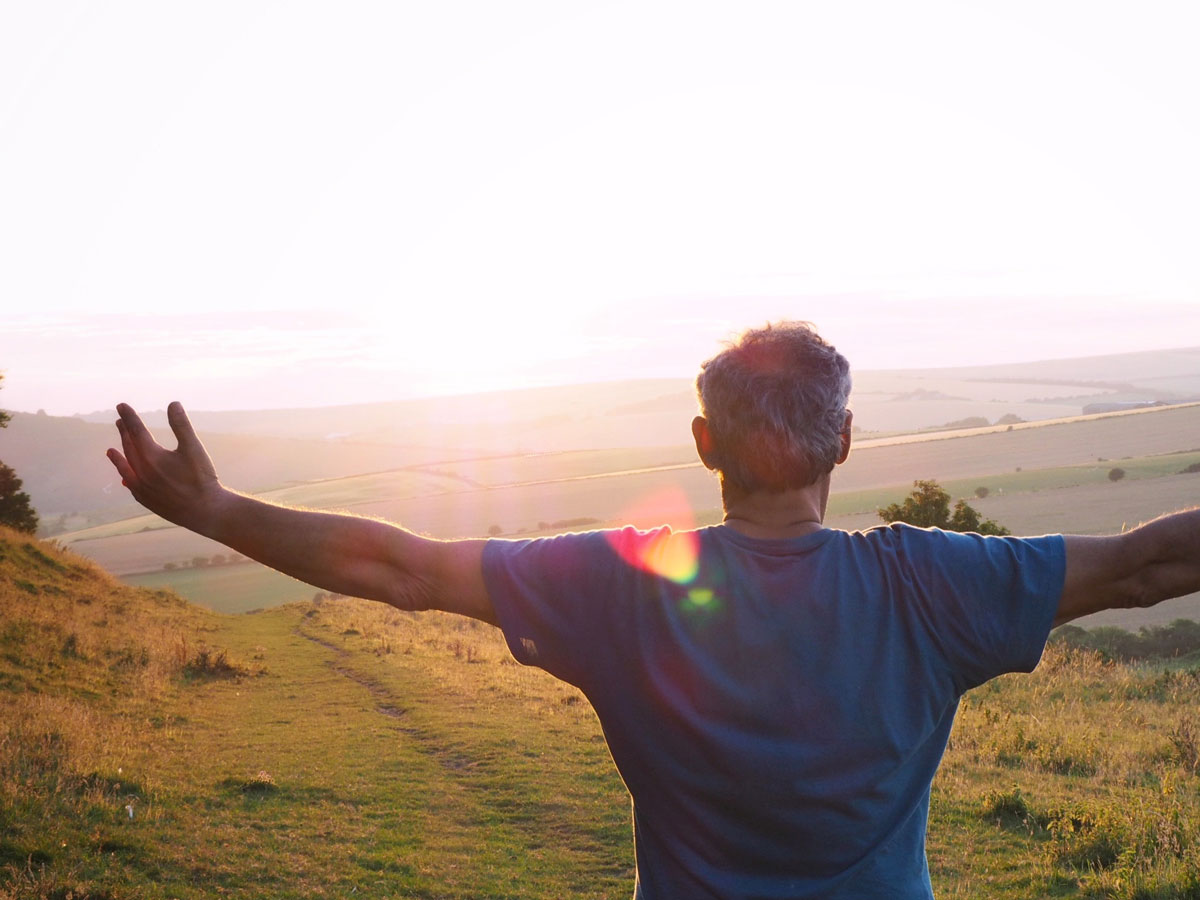Here’s a basic explanation of the difference between Non-12 Step Treatment and traditional alcohol and drug rehabilitation.
In 1935, in a culture absent of treatment or solutions for those addicted to alcohol or other drugs, an alcoholic named Bill W. experienced a self-proclaimed “spiritual awakening” while lying in a hospital bed. At that moment, he later claimed, he realized that he would never drink again. In an effort to reverse engineer his spiritual awakening so that others could share his experience, he wrote what would later become known as the 12 Steps of Alcoholics Anonymous.
Due to the anonymous nature of AA, it is next to impossible to gather accurate data on program success. Sobriety rates for those members attending AA meetings have been estimated as low as 5%. These twelve steps were, for quite some time, however, the only option for people who struggled with drugs and alcohol and, as such, came to be used as foundational in the design of treatment centers across the country.
Since 1935, there have been great strides taken in the fields of substance abuse, mental health, neuroscience and psychology as a whole.
However, most treatment centers are still using the very same dated treatment modality that originated 80 odd years ago. Although 12 step treatment facilities have been successful for some, there are many more crying out for an alternative to Alcoholics Anonymous. But, what exactly IS a non-12 step treatment center? What does a non-12 step drug rehab program do?
The main difference between Gulf Breeze Recovery’s non-12 step recovery program and a traditional program is that Gulf Breeze Recovery’s THRIVE® program offers an “inside-out” approach. Those who struggle with drug or alcohol addiction typically share a common misunderstanding regarding the source of their feelings and experience of life. From this misunderstanding, when people actually believe that situations happening outside themselves are capable of making them feel or experience life in a given manner, it makes absolute sense to take a drink or drug, form or maintain a toxic relationship or do anything else to alter a perceived negative feeling or experience. Drinking or using drugs is simply an innocent but misguided attempt to navigate through the world from an “outside-in” misunderstanding.
The truth is that there is nothing outside of us that can MAKE us feel any way at all.
In fact, it is our own thinking that is truly responsible for our feelings and experience of life. If I think back to a time when I was embraced warmly by a dear friend, I can experience all of the same feelings of love and compassion that I encountered at the moment the embrace occurred. This time, however, my friend is nowhere around. So, I must ask myself: is it the hug from my friend that made me feel lovingly, or is it my thinking about it?
When we can help people to see for themselves that it is, in fact, their own thinking that is the pilot as they navigate their experience of life, the illusion that drugs or alcohol can favorably alter that experience in any sustainable way naturally falls away. Rather than admitting powerlessness, as the first step in 12 step programs requires, we help our guests to see for themselves where their power lies.
A 12 step rehab program primarily provides individuals with a set of outside things to do, steps to write, people to call and meetings to attend. All of these outside actions have helped individuals and are certainly healthier than using heroin or taking a shot of liquor, to be sure. However, these actions continue the same “outside-in” misunderstanding that occurs in active addiction. People are taught: when I’m sad, instead of drinking, I need to go to a meeting. When I’m angry, instead of picking up a pill bottle, I need to pick up the phone and call my sponsor. When I am anxious, instead of grabbing my pipe, I need to get 12 step literature and write on the steps. Now consider this: what if there is no meeting occurring at the time I am struggling? What if my sponsor does not pick up the phone? What if I am visiting family or at work, and I can’t find a book? If I am to be dependent on things outside myself to feel okay, what happens when I can’t access those things? I can quickly convince myself that I am simply not okay.
From an “inside-out” perspective, if I am sad, stressed or angry, I have an understanding that it is my own habitual thinking that is creating the feeling. Does that mean that I no longer have uncomfortable feelings? Absolutely not. It simply means that I know that my thinking is the responsible party. It is not my mom, my job, or a stranger in traffic that is making me feel a certain way; it is my thinking about the person or situation. Because nothing outside of me is creating my feelings, I don’t feel the need to reach for anything outside to alter them. My thinking is a natural, temporary and entirely innocent aspect of my human experience. The feelings that stem from that thinking are not indications that I am somehow not okay. On the contrary, they indicate that I am human and alive. There is no need to alter my feelings. I simply let them pass.
When I have no idea where my feelings are coming from, the pain of an uncomfortable feeling can be unbearable. I don’t know what this uncomfortable feeling says about me as a person (I assume the worst), I have no idea how long it will last (I assume forever), and I have no idea that it has any purpose whatsoever (I assume its purpose is to punish or torture). With our THRIVE® non-12 step, “inside-out” understanding, however, the pain of an uncomfortable feeling becomes like the pain in a muscle while exercising. The pain is natural and I know that the pain is not an indicator of my health or inherent worth or value. I know without a doubt that the uncomfortable feeling is temporary, and that its purpose is simply to wake me up to my own thinking. It is a radically different experience.
This non-12 step alternative to traditional treatment modalities is not only effective as a means to attain sobriety but also as a way to achieve inner peace and happiness. It is a straightforward and sustainable way to achieve joy, experience more positive feelings and be less fearful of uncomfortable feelings. It is a way to finally captain your own ship and improve your whole experience of life itself.









